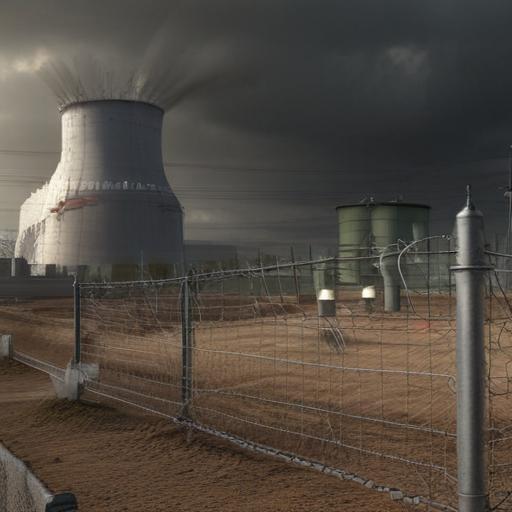Recent intercepted communications among senior Iranian officials have revealed their assessments of the recent U.S. military strikes on Iran’s nuclear program, indicating they perceived the damage to be less than what they had feared. According to multiple sources familiar with this classified intelligence, the privately held discussions questioned the severity of the strikes, which President Trump had characterized as “completely and totally obliterating” Iran’s nuclear capabilities.
The Trump administration has acknowledged the existence of these communications but vehemently disagrees with the Iranian officials’ analysis. White House press secretary Karoline Leavitt emphasized that the claim of Iranian officials calculating damage beneath the rubble is unfounded, asserting that U.S. military operations significantly impacted Iran’s nuclear program.
Despite the Trump administration’s assertions of success, analysts note the complexity of the situation, highlighting that while powerful military assets, like bunker-buster bombs, were deployed against key facilities such as those in Fordow and Natanz, the overall impact may not have achieved the total incapacitation claimed by the president. U.S. intelligence assessments suggest that some critical elements of Iran’s nuclear infrastructure remain intact, as reports indicated that Iran had preemptively relocated a portion of their highly enriched uranium stockpile.
During classified briefings, CIA Director John Ratcliffe informed lawmakers that several critical nuclear sites had been damaged substantially, including a facility vital for constructing a bomb’s core. However, he noted that the assessment of Iran’s nuclear capacity and the timeframe for their recovery is still being evaluated.
Contrasting views emerged during the congressional briefings, with some lawmakers, like Sen. Chris Murphy, asserting that despite the missile strikes, the underlying capability of Iran’s nuclear program remains significant. This sentiment sparks concerns that while physical damage may have been inflicted, the knowledge and personnel necessary to rebuild and enhance the program exist and cannot be eradicated by military force alone.
Supporters of the strike, including Sen. Lindsey Graham, agreed that significant physical damage was done but emphasized that the desire for nuclear weapons in Iran endures. They echoed the sentiment that this military operation could have lasting implications for how Iran proceeds with its nuclear aspirations.
International Atomic Energy Agency (IAEA) Director Rafael Grossi acknowledged a considerable level of damage from the strikes but noted that some infrastructure remains functional, reflecting a nuanced view of the impact on Iran’s program.
As the situation progresses, U.S. officials maintain that diplomatic discussions could still be on the horizon. President Trump has indicated that potential negotiations with Iranian officials may occur soon, although Iranian representatives have distanced themselves from such claims.
Overall, this complex interplay of military action and diplomatic nuance continues to evolve, with both sides navigating the precarious balance of power and strategy in the region. The next steps in U.S.-Iran relations will be closely watched as the international community seeks to understand the implications of these military actions moving forward.
